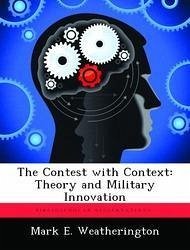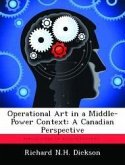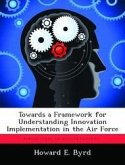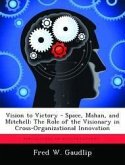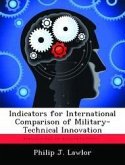This study investigates when and how military innovation occurs and what significant historical lessons can inform innovation in the United States Air Force. Theories that emphasize conflict relationships, culture, and structure are reviewed and four working hypotheses emerge. First, context matters most. Second, the organization's culture must tolerate debate and accept the challenge of change. Third, politically-adept, change-oriented leaders must emerge at multiple strata within the organization. Fourth, rigorous experimentation to solve problems and demonstrate the utility of the change is paramount. Two historical examples provide evidence for the analysis: the development of carrier aviation before the Second World War, in which the Royal Navy failed to innovate and the United States Navy succeeded, and the development of mechanized warfare during the same period, in which the British Army failed and the German Army succeeded. The study relies primarily on secondary source material. Analysis of the historical evidence supports the four working hypotheses. Further observations of significance include the importance of how the grand challenge is characterized in the outcome of an innovation; how the interwar debates about airpower both helped and hindered innovation; that evolutionary, combined-arms approaches appeared to be more successful; and that this type of change often required a generation or more before it was realized. Five key implications for the Air Force follow from the analysis. First, leaders must first be aware of and manipulate contextual factors when possible. Second, leaders must foster a culture that tolerates dissent. Third, leaders must identify and prepare other innovative leaders throughout the organization. Fourth, leaders must emplace a rigorous and systemic process for experimentation. Finally, personal professional, intellectual development must become a requirement of every officer.
Bitte wählen Sie Ihr Anliegen aus.
Rechnungen
Retourenschein anfordern
Bestellstatus
Storno

